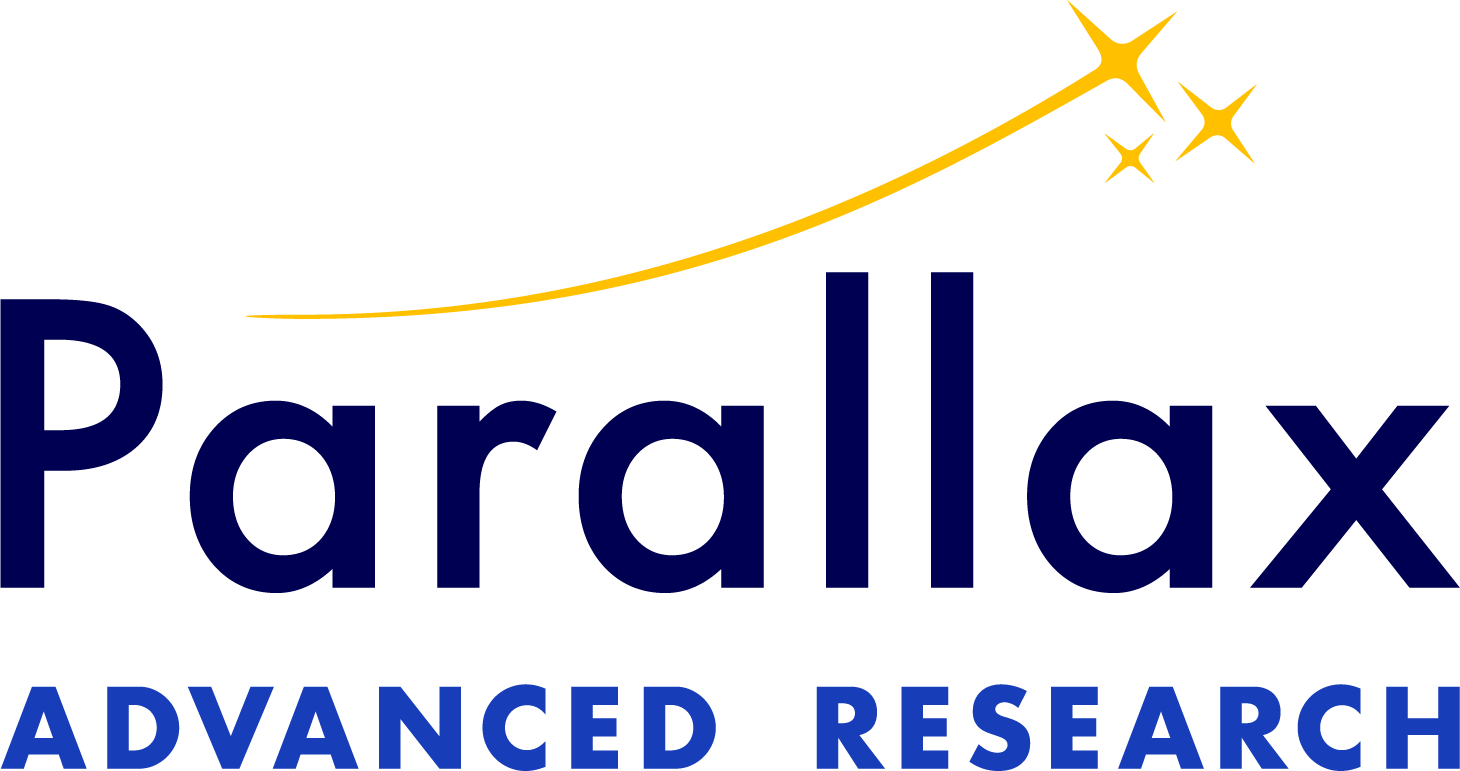Parallax Advanced Research Announces Advances in $5 million Geospatial Intelligence (GEOINT) Detection Algorithms
The material was assigned a clearance of CLEARED on 07 Mar 2024.
Beavercreek, Ohio – Significant advances have been made in the development of GEOINT detection algorithms to be used in battlefield scenarios, according to Parallax Advanced Research Intelligent Systems Division Manager Dr. Darrell Lochtefeld and Intelligence Reconnaissance Surveillance (ISR) Director James Bridgers.
GEOINT detection systems enable quick decision-making to significantly improve capabilities for short-term period actions and decisions that can affect a military conflict. In a battlefield situation, the deployment of these systems is designed to help inform military commanders of battlefield activities by automatically detecting and assessing military activity.
According to Dr. Lochtefeld, “This capability is critical to the ability to identify and address targets that are dynamic in nature. These targets are dynamic, in other words, they move around the battlespace, they do different things, and you must figure out where they are. We help to provide reliable information to a commander, so they can take immediate action, if necessary.”
“The $5 million GEOINT Detection Algorithms project is part of the $97.5 million Mission Analytics Technology and Research for Innovative eXploitation (MATRIX) contract awarded by the Air Force Research Laboratory’s and announced by Parallax’s President and CEO Dennis Andersh in June 2022,” said Bridgers. “We are building trustworthy AI-driven information on a map – referred to as ‘GEOINT.’ From the operational standpoint, we are attempting to provide reliable information for users that will drive decisions.”
MATRIX is focused on conducting basic, applied, and advanced scientific and technical research in human-machine teaming, human performance, psychological processes, and physiological indicators.
According to Parallax President and CEO, Dennis Andersh, MATRIX, and other contracts awarded to Parallax Advanced Research are at the core of what Parallax does best.
“It is what we call, ‘The Science of Intelligent Teaming,’” said Andersh. “It is the continuous exploration of how humans and computers can improve their respective abilities to create optimal solutions and the best possible path to success.”
Dr. Lochtefeld further explained the scientific process of Operationalizing Automated GEOINT detection algorithms uses artificial intelligence.
“Humans cannot analyze the scale of GEOINT data collected, so we rely on AI to help us sift through the data. AI allows us to detect those threats and improve our ability to be responsive in a time-sensitive manner.”
The algorithmic processing gives us deeper understanding of what data points represent. This is then combined with analysis by humans, which provides us with the understanding of real-world environments. When coupled with our machine learning and AI capabilities, the system produces fairly accurate and trustworthy output that can be used in a real-world scenario.
According to Dr. Lochtefeld and Bridgers, there are three goals. First, accelerating the processing speeds of the software algorithms. Secondly, enabling machine learning to improve accuracy and reduce false positives. The third goal is getting the end-user – the battlefield commander, for example – to trust and react to these detections. The third goal, however, poses a unique challenge: machines are less trusted in some ways than humans. So, there is significant work to be done on building the foundations as to why this technology is useful, helpful, and reliable for real-life decision-making scenarios.
###
About Parallax Advanced Research
Parallax Advanced Research is a 501(c)(3) private nonprofit research institute that tackles global challenges through strategic partnerships with government, industry, and academia. It accelerates innovation, addresses critical global issues, and develops groundbreaking ideas with its partners. With offices in Ohio and Virginia, Parallax aims to deliver new solutions and speed them to market. In 2023, Parallax and the Ohio Aerospace Institute (OAI) formed a collaborative affiliation to drive innovation and technological advancements in Ohio and for the Nation. OAI plays a pivotal role in advancing the aerospace industry in Ohio and the nation by fostering collaborations between universities, aerospace industries, and government organizations and managing aerospace research, education, and workforce development projects. More information about both organizations can be found at Parallax and OAI websites.
About the Air Force Research Laboratory (AFRL)
The Air Force Research Laboratory (AFRL) is the primary scientific research and development center for the Department of the Air Force. AFRL plays an integral role in leading the discovery, development, and integration of affordable warfighting technologies for our air, space, and cyberspace force. With a workforce of more than 11,000 across nine technology areas and 40 other operations across the globe, AFRL provides a diverse portfolio of science and technology ranging from fundamental to advanced research and technology development. For more information, visit here.
